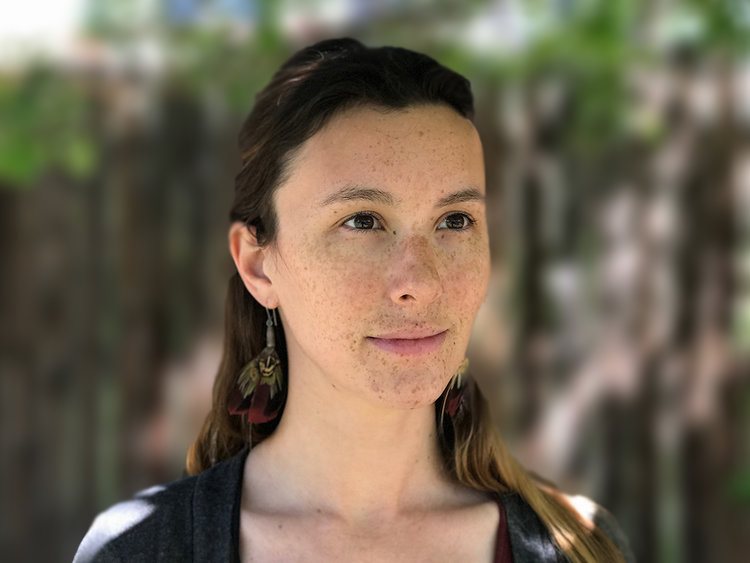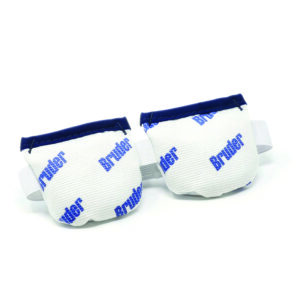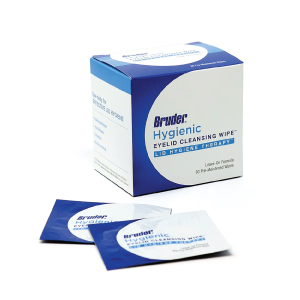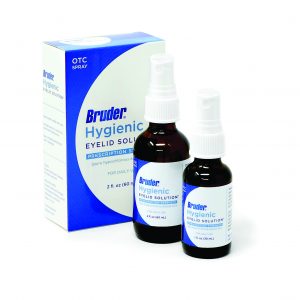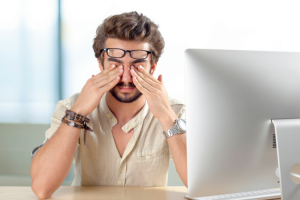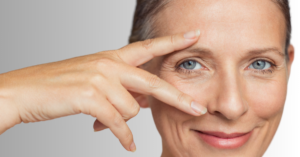Symptoms of dry eye & treatments for each progressive stage
Dry Eye Disease is a chronic and progressive disease, meaning it affects sufferers on a daily basis, and will continue to advance if not sufficiently treated. Depending on the severity of the symptoms, a patient has the potential to be in one of four stages of Dry Eye Disease, and should plan their treatment accordingly. Below is a detailed look at each of the four stages of Dry Eye Disease, as identified by Sanjay N. Rao, MD, and suggested treatment regimens.
Dry Eye Stage One: Mild Symptoms
The early onset of Dry Eye Disease arrives with mild symptoms including blurriness, mild burning, and itching. Patients in the early stages of the disease will find themselves rubbing their eyes and blinking more frequently. A professional eye doctor will identify the first stage of Dry Eye Disease by looking for mild conjunctival staining, and a tear-film breakup times of less than 12 seconds.
Patients diagnosed with level 1 Dry Eye Disease should start their treatment journey by educating themselves about potential environmental or medical causes of dry eye and seek to make modifications to reduce the risk of the disease progressing into the later stages. Doctors will often recommend artificial tear substitutes, and the daily use of moist heat therapy. The Bruder Moist Heat Eye Compress naturally moisturizes eyes and helps encourage healthy lipid flow.
Dry Eye Stage Two: Moderate Symptoms
As the disease progresses into stage two, inflammation of the ocular surface continues to worsen, causing more modern symptoms. Dryness, grittiness, and redness will increase. A professional eye doctor will identify the second stage of Dry Eye Disease by looking for visual signs in the tear film, and a tear film breakup time between two and seven seconds.
- Dryness
- Gttiness
- Red eyes
- Watery eyes
- Light sensitivity
Patients in the second stage of Dry Eye Disease should increase their treatment regimen to include moist heat therapy multiple times a day to help reduce inflammation of the ocular surface. Intermittent cold therapy can also help reduce inflammation and the associated discomfort. Put your Bruder Moist Heat Therapy Compress in the freezer for several hours to apply cold therapy or consider the Bruder Cold Therapy Eye Compress.
Doctors will often recommend artificial tear substitutes, and the daily use of moist heat therapy. The Bruder Moist Heat Eye Compress naturally moisturizes eyes and helps encourage healthy lipid flow.
Dry Eye Stage Three: Severe Symptoms
Patients in the third stage of Dry Eye Disease are experiencing severe symptoms caused by increasing hyperosmolarity of tears and inflammation of the ocular surface. In the advance stages of Dry Eye Disease neural communication between the ocular surface and the glands that produce tears has become severely disrupted, causing the self-perpetuating cycle of inflammation. A professional eye doctor will identify stage three Dry Eye Disease by looking for marked conjunctival staining, marked punctate central corneal staining, and a tear-film breakup time of less than three seconds.
Individuals in the third stage of Dry Eye Disease should seek to incorporate all of the treatments suggested for stage one and stage two patients, including making necessary environmental and lifestyle changes, and the regular application of Moist Heat Therapy and Cold Therapy. Optic professionals may also suggest contact lenses developed specifically to maintain hydrated eyes, or permanent punctal occlusion.
EYE CARE TIP
A Daily Eye Hygiene Routine Can Help:
- Your eyes feel more comfortable after screen use
- Relieve symptoms of dry eye
- Prevent future eye problems
Dry Eye Stage Four: Most Severe Symptoms
Dry Eye Disease, if left insufficiently treated will eventually progress to stage four. Patients diagnosed with stage four Dry Eye Disease are experiencing the most severe symptoms including; blurriness, stickiness, burning, stinging, foreign-body sensation, grittiness, dryness, photophobia and itching. An Optometrist will diagnose stage for by looking for conjunctival scarring, severe punctate erosions seen during corneal staining, and a tear-film breakup time of less than three seconds.
In the most advanced stages of Dry Eye Disease a professional is likely to recommend systemic anti-inflammatories and potentially even surgical solutions. Patients should supplement these solutions with regular daily Moist Heat Therapy and Cold Therapy to soothe pain caused by inflammation and help stimulate the natural secretion of healthy oils and tears.

